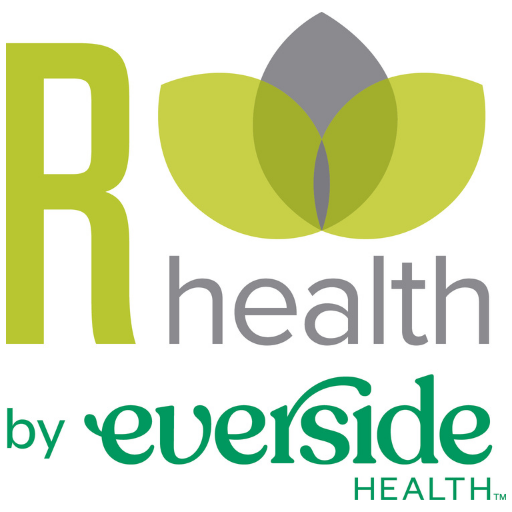Grocery shopping can seem overwhelming especially as you are getting used to eating and preparing foods in a new way. It can be especially difficult on a budget. My belief is that investing in healthy food is investing in your health. I recently shared some tips with my patients at our R-Health Cherry Hill Healthy Shopping on a Budget event. Here are some of my favorite pieces of advice.
First let’s broadly define “healthy” as there are many controversies. However, let’s focus on key elements of agreement. They are: eating whole unprocessed foods, especially fruits, vegetables, nuts and seeds, avoiding empty carbohydrates such as those in sweets and refined flours, avoiding additives including chemicals and added sugar and salt, avoiding pesticides, antibiotics and hormones and getting adequate amounts of healthy fat, protein, and fiber.
Reading labels is empowering! It takes extra time at first, but once you know the products that are right for you, shopping will get faster again. Not all food labels are helpful in making decisions. For example, “natural” does not have a clear definition that is regulated by the FDA. Companies can label their food natural and it still contain high fructose corn syrup for example. Also, beware of Heart-healthy statements as well as they can have plenty of refined carbohydrates that raise your blood sugar and trigger inflammation. A few things to think about food labels in general.
- Ingredient list: QUICK HINT – look for names you can pronounce and foods you have in your own kitchen.
- MANY OF THE BEST CHOICES WILL NOT HAVE A LABEL – Think the produce section!
- Calories: Not all calories are created equal – don’t worry so much about the calorie count, when you are able to get rid of processed foods usually you can trust your body to tell you when you have had enough.
- Your body processes a Twinkie much differently and with different metabolic effects than a handful of nuts even though they have the same amount of calories.
- Check the portion size. (Sodium content can be misleading when that tiny can of soup has 2.5 servings!)
- Watch for fats
- Buy healthy fats – nuts, seeds, olive oil, etc. and avoid trans fats
- Foods can be labeled as having 0 gm of fat or trans fats if they have ½ gram or less.
- Fiber is good for your body, especially for healthy gut bacteria
- Watch for additives especially sugar and salts
- New guidelines now ensure labels now contain “added sugars”
- Try to avoid concentrated natural sugar in high quantities too (e.g. fruit juice or dried fruit)
- Work on sticking to the recommended limits of no more than 6 tsp of added sugar for women and children and 9 tsp for men per day
- For salts, much of the sodium and added sugar comes from salts and sugar added to processed foods. This helps the food industry to make the food more addictive. Read labels carefully and cook home-made meals whenever possible.
- Look for chemical additives or artificial flavors/colors. You might be surprised when you first start reading labels to find how much more is in your can of beans, tomato sauce, or yogurt than you thought.
Saving money on anything usually requires planning ahead. Look at circulars for sales and make a meal plan for the week. Look online and in magazines for great ideas for your palate and budget. Try searching “clean eating on a budget.” On our grocery trip we toured Aldi. Not only does this grocery store offer healthy natural (their Simply Nature labels are verified by a third party) and organic options, but surveys show Aldi’s prices on average contain 20% more savings than larger retail stores. Remember to bring a quarter and your own shopping bags.
Other cost saving tips: If you have the time, avoid pre-cut servings. Stock up on nonperishable and frozen items when on sale, and shop frequently for perishable items so they don’t spoil before you can use them. Try looking above and below eye level, compare store brands, and of course not shopping while hungry are other cost saving tips.
Also know when to invest in organic produce and when to save on conventionally grown produce. According to the Environmental Working Group’s 2017 list below are products to look for.
- DIRTY DOZEN – Fruits and Vegetables with the most pesticides (Shop organic when possible for these!)
- Strawberries
- Apples
- Peaches
- Pears
- Spinach
- Tomatoes
- Celery
- Potatoes
- Sweet bell peppers
- CLEAN 15 – Fruits and Vegetables with the least pesticides (Okay to buy conventionally grown produce for these!)
- Pineapples
- Mangoes
- Papayas
- Honeydew Melon
- Kiwi
- Cauliflower
- Eggplant
- Sweet Corn
- Cabbage
- Avocadoes
Hopefully this is a good start for your next grocery store trip. Please feel free to reach out to your R-Health doctor for more information and if you have specific medical conditions for your doctor to get you on the best health and nutrition plan.

